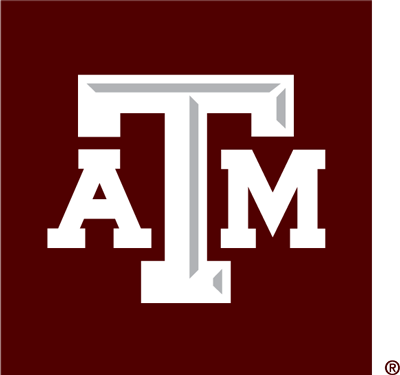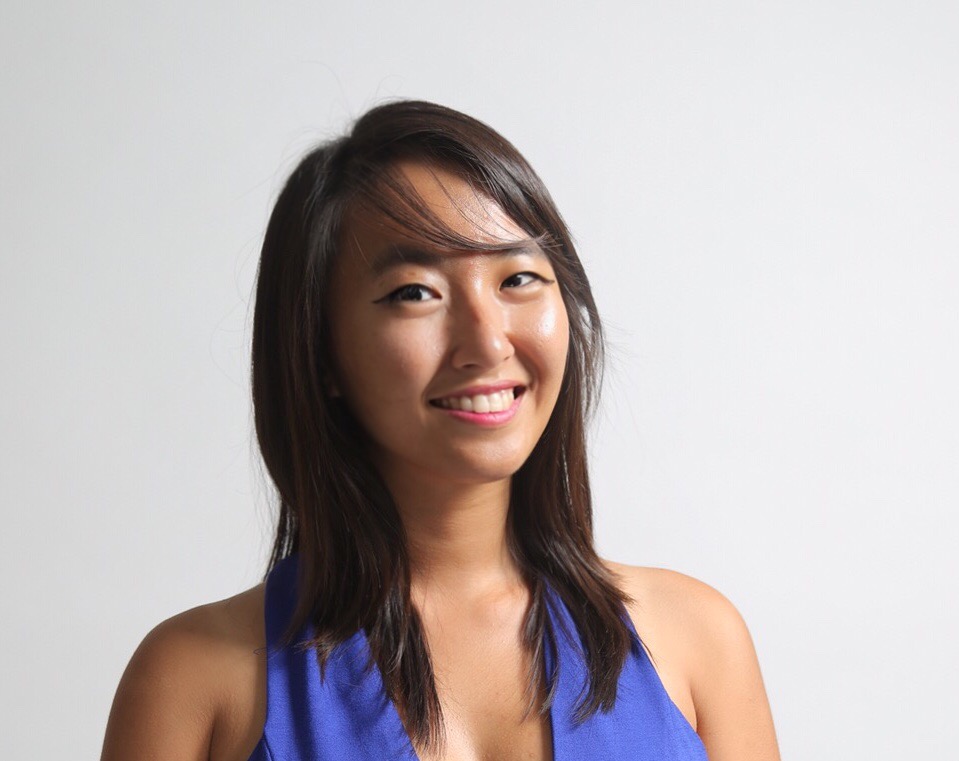Biography
Prof. Kang's research is on understanding quantum gravity and quantum field theory, aiming to describe our universe from large to small scales. As a mathematical physicist, she investigates the fundamental nature of quantum gravity and quantum field theory through discovering their mathematical and quantum error correcting structures. Her work draws from and contributes to a wide array of disciplines in theoretical physics and mathematics, including conformal field theory, (supersymmetric) field theory, string theory, semiclassical gravity, quantum information theory, lattice gauge theory, algebraic geometry, and operator algebra.
A central challenge in this arena of research is determining the low-energy observables in quantum theories and understanding how they are correlated and entangled with one another. While quantum field theory serves as a universal language of physics capturing a broad range of phenomena, it often lacks a unique description for physical systems and struggles with computing key behaviors like correlations and entanglement, particularly in inherently strongly correlated theories where no Lagrangian formulation exists. Prof. Kang's approach addresses this challenge by leveraging existing dualities and discovering new ones through the construction of invariants, providing novel computational tools where conventional methods fall short. Her research program develops new mathematical formalisms based on operator algebras and algebraic geometry to compute key physical quantities such as entanglement entropy in modern approaches to quantum gravity and correlation data and particle contents in non-perturbative aspects of quantum field theory. By combining insights from both physics and mathematics, she has advanced non-perturbative aspects of quantum field theory and quantum gravity, while also proving new theorems in mathematics.
Institutional Partnerships
News Highlights
- It from Qubit and the Gravity of a Quantum Universe — Simons Foundation
- Is Space Pixelated? The Quest for Quantum Gravity — SciTech Daily
- Writing in the Language of Math — Caltech Magazine
- What do black holes have in common with quantum error correction? — inSideQuantum (InsideQuantum Podcast)
Awards & Honors
- AKPA Outstanding Young Researcher Award (Association of Korean Physicists in America & Korean Physical Society, 2025)
- Sherman Fairchild Fellowship
- Purcell Fellowship
- J. D. Jackson Award
Selected Publications
- Vijay Balasubramanian, Monica Jinwoo Kang, Chitraang Murdia, and Simon F. Ross, Signals of multiparty entanglement and holography, Journal of High Energy Physics 06 (2025) 068, June 2025. https://doi.org/10.1007/JHEP06(2025)068
- Monica Jinwoo Kang, Craig Lawrie, Ki-Hong Lee, and Jaewon Song, Generalized symmetry constraints on deformed 4D SCFTs, Physical Review D 111 (2025) 8, 086028, April 2025. https://doi.org/10.1103/PhysRevD.111.086028
- Elliott Gesteau and Monica Jinwoo Kang, Nonperturbative gravity corrections to bulk reconstruction, Journal of Physics A: Mathematical and Theoretical 56 385401 (2023), August 2023. https://doi.org/10.1088/1751-8121/acef7d
- Monica Jinwoo Kang, Craig Lawrie, Ki-Hong Lee, and Jaewon Song, Emergent N=4 Supersymmetry from N=1, Physics Review Letters 130 (2023) 23, 231601, June 2023. https://doi.org/10.1103/PhysRevLett.130.231601
- Monica Jinwoo Kang and David K. Kolchmeyer, Holographic Relative Entropy in Infinite-Dimensional Hilbert Spaces, Communications in Mathematical Physics 400, 1665–1695 (2023), January 2023. https://doi.org/10.1007/s00220-022-04627-z
- Florent Baume, Monica Jinwoo Kang, and Craig Lawrie, Two 6D origins of 4D SCFTs: Class S and 6D (1, 0) on a torus, Physical Review D 106 (2022) 8, 086003, October 2022. https://doi.org/10.1103/PhysRevD.106.086003
- Euler Characteristics of Crepant Resolutions of Weierstrass Models, Communications in Mathematical Physics 371 (2019) 1, 99-144, September 2019. https://doi.org/10.1007/s00220-019-03517-1

